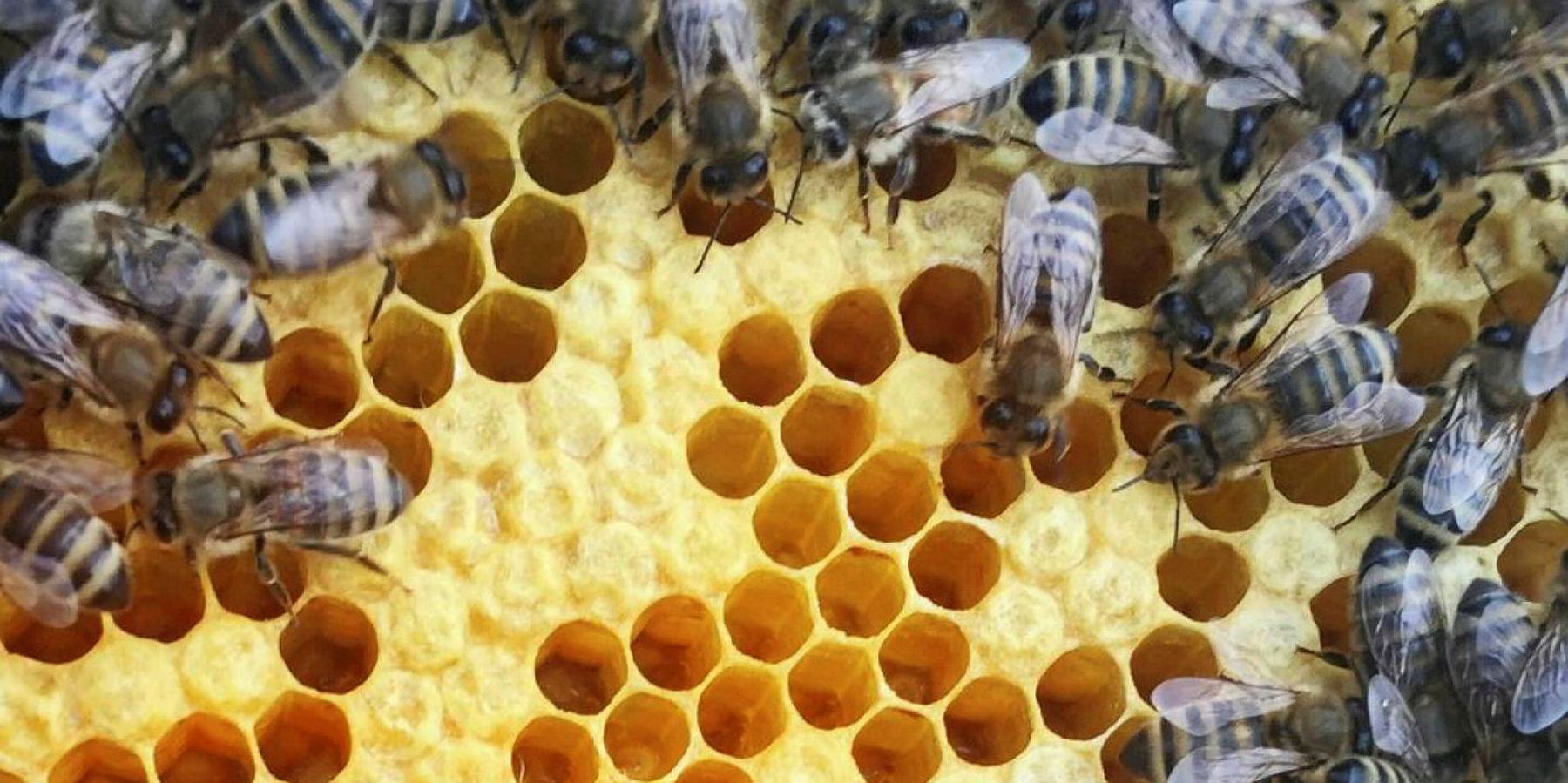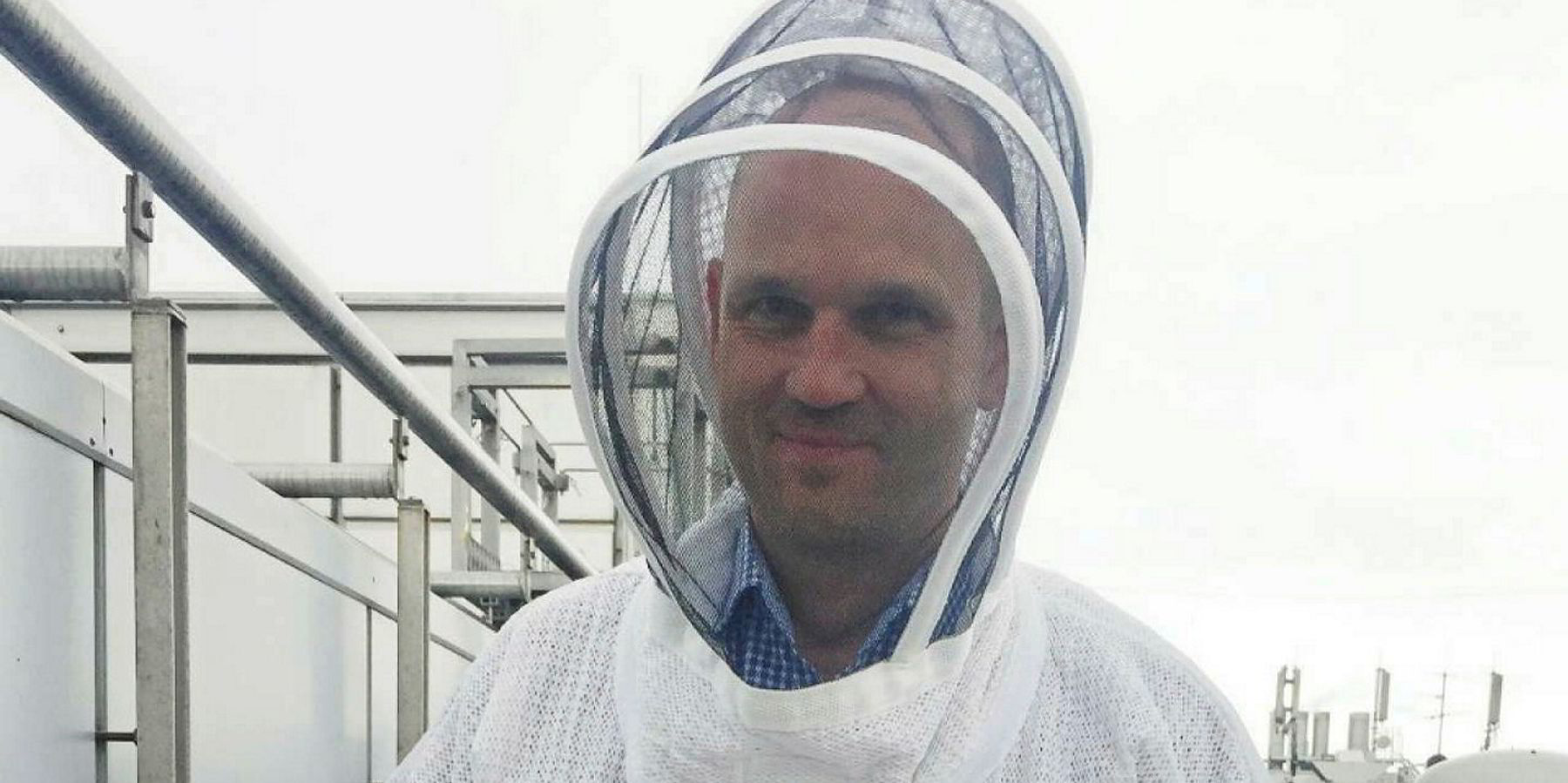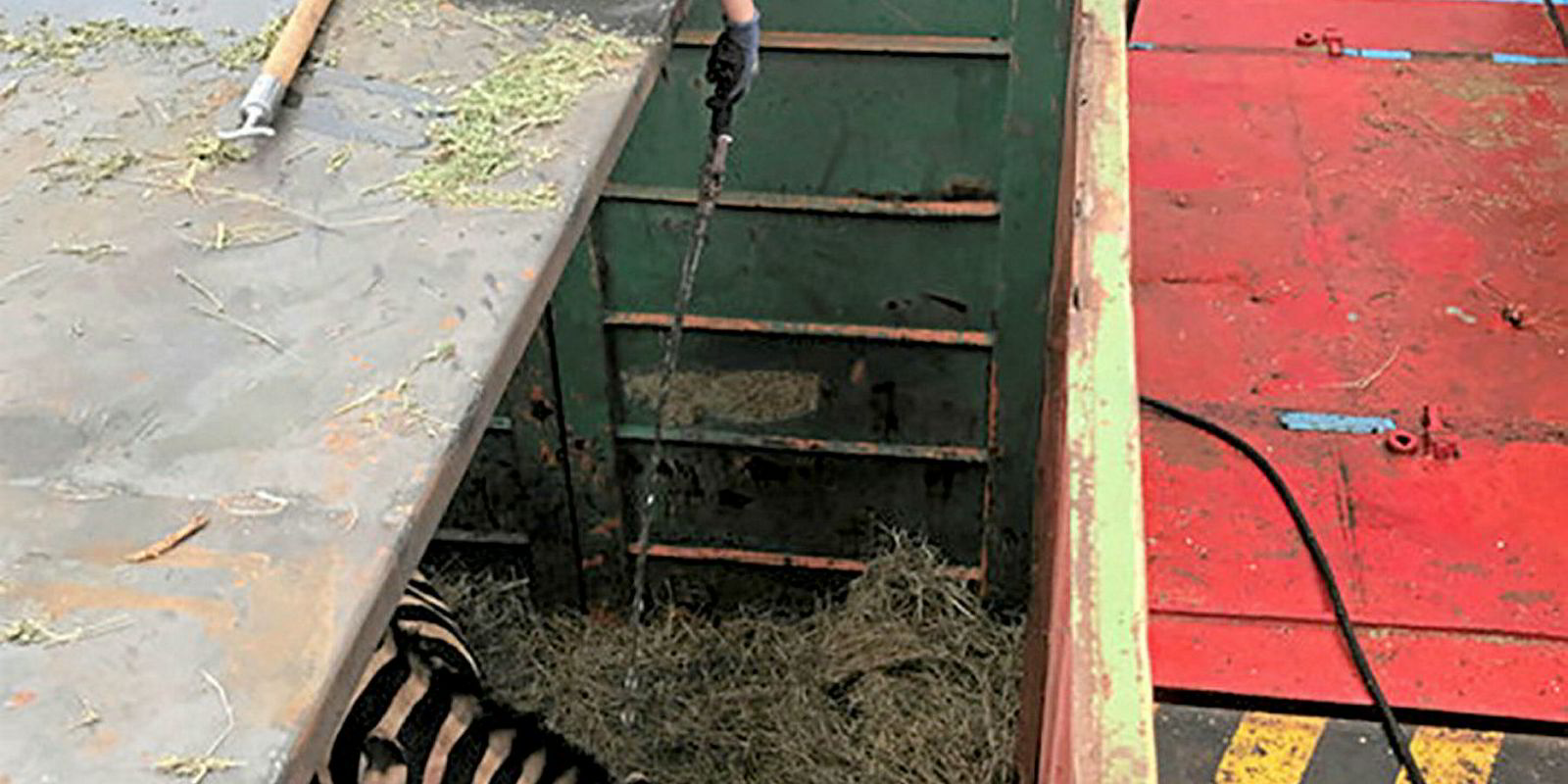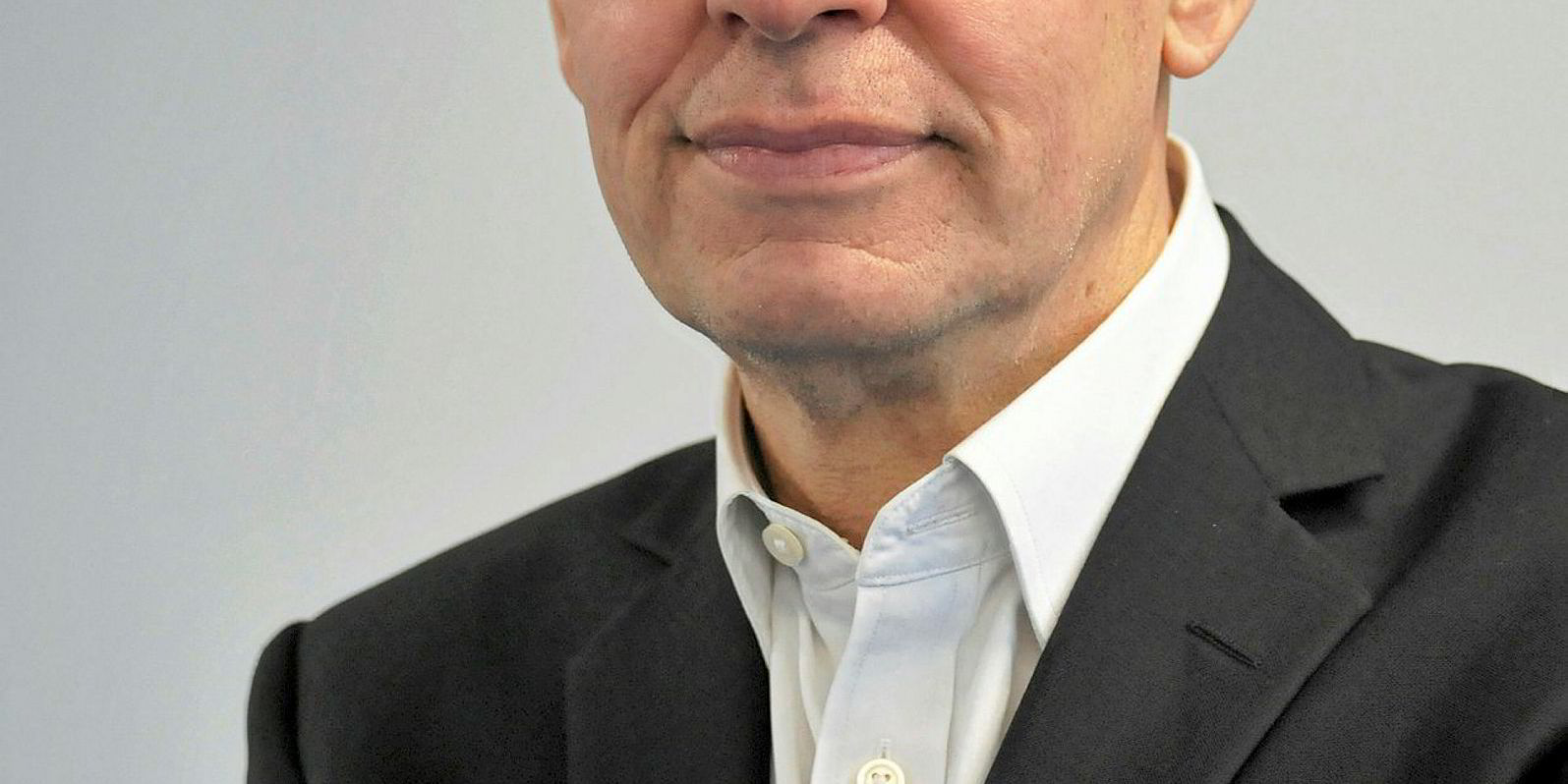Anybody who suffers from melissophobia or apiphobia — a fear of bees — had better think twice about visiting Hapag Lloyd’s HQ, which is now home to 30,000 of these small, striped insects.
The German liner giant established the colony on the roof of its administration building on Rosenstrasse in Hamburg in April.
“With the bees, we want to contribute to the preservation of biological diversity in urban areas and help to stabilise the bee population in Germany as a whole,” says Samuel Stuber from Hapag Lloyd’s corporate communications department.
Urban paradise
Stuber works together with the beekeeper Michael Roper from bee rental company Bee-Rent to make sure that the bees have all the food and care they need.
Hapag Lloyd said that while it may sound contradictory, cities are a “paradise for bees” and say the creatures “feel at home” in the hustle and bustle of the big city.
“Monocultures, the use of pesticides in agriculture, and the Varroa mite have afflicted bee colonies worldwide,” it said.
“In contrast, in the green spaces, gardens and parks of cities, the bees find a wide range of uncontaminated plant and flower species.”
At the same time, Hapag Lloyd said the bees help ensure that our supermarket shelves are full. “Indeed, without bees, the fruit and vegetable section would mainly be one thing: empty,” it said.
Beekeepers and beekeeping are about much more than just honey production
Hapag Lloyd
Hapag “hummers”
“Around 80% of all cultivated and wild plants are pollinated by honey bees, making the small flyers the third most important production animal in the world after cattle and pigs.”
Experts estimate that the pollination efforts of bees result in a global economic benefit worth €153bn ($172.4bn).
“So beekeepers and beekeeping are about much more than just honey production,” it said.
The Hapag Lloyd “hummers” are productive little creatures pollinating an estimated 20 million flowers per day, flying five million kilometers per year and producing up to 30 kilograms of honey.

“But we’ll have to wait a bit longer before the sticky-sweet substance flows into Hapag-Lloyd-branded honey jars, as the combs will only be removed in two to three months,” said Stuber.
“We’re very curious to see how much and what kind of honey our bees will deliver to us. We’ll only be able to tell after the harvest, and the first time is always a surprise!”





